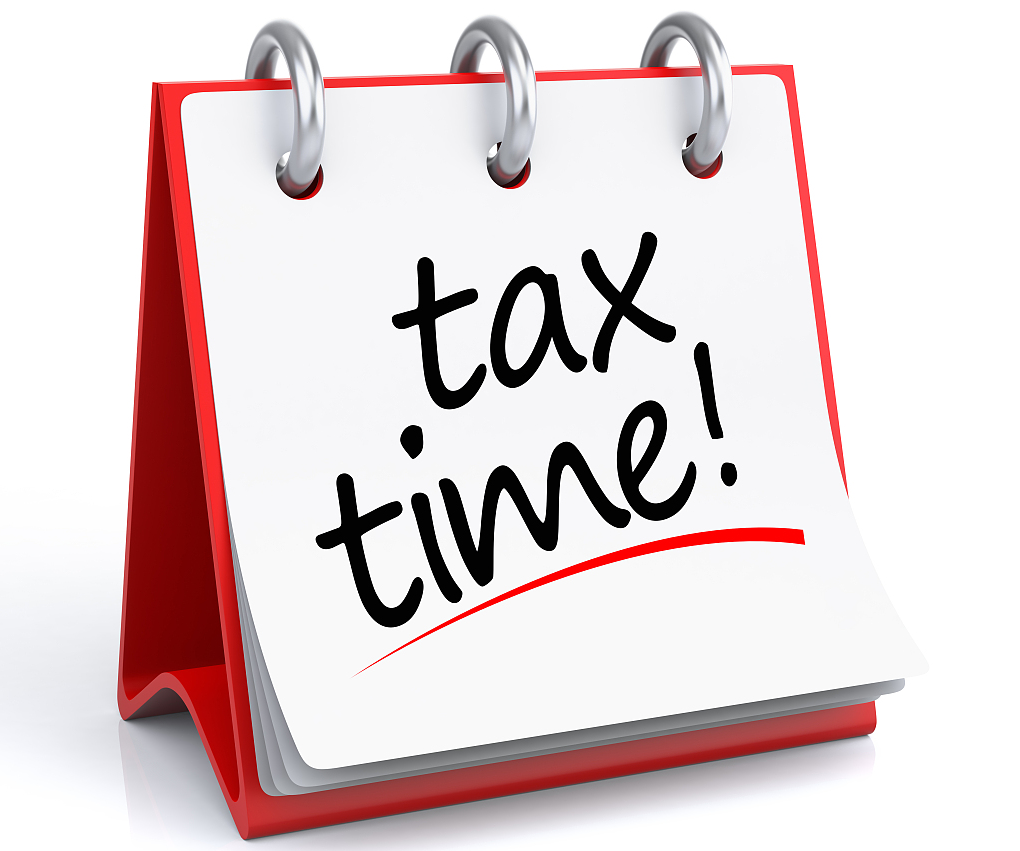2022-11-24
Are you curious about how import duties and taxes are calculated?
Then, JIKEship takes you step by step to understand duties and taxes.

Duties, tariffs, and taxes are something that all importers are familiar with. These government expenses are calculated using specific and regulated methods.
The amount of duties and taxes owed for a shipment are determined by many factors including:
Taxes, duties, and tariffs are often and easily confused with one another when it comes to international shipping. Importers need to understand what they mean and what are the important differences between them.
A tax is a direct or indirect source of government revenue placed on almost all purchases.
Taxes are primarily imposed on goods and individuals. Taxes are binding and not voluntary, so an individual is bound to pay tax, and failing to do so is punishable.
Import taxes are government fees placed on purchased goods coming into a country. Therefore, duties and tariffs are both types of import taxes. The importer usually pays import taxes. When goods have been purchased abroad, a consumption tax applies and is collected by Customs when goods enter a country.
Duties are an indirect tax imposed by the government on the consumer.
Duties are applied to financial transactions and commodities. Duties are considered to be an indirect tax because it is similar to a consumer tax. Duties are imposed on both goods that are imported and goods manufactured locally. This includes excise duties and Customs duties.
Duties imposed on goods manufactured domestically are known as excise duties. An excise is a type of indirect tax, so the producer or seller who pays the excise duty is expected to try to recover their loss by raising the price paid by the end-user. Excise duties are imposed in addition to other indirect taxes.
A tariff is a direct tax imposed by the government paid on a particular class of imports or exports.
A Tariff relates to the harmonized tariff system codes (HTS), in which imported goods are classified under. HTS codes determine the tariff rate that should be charged on specific products. HTS codes mainly apply to imports.
When the government imposes tariffs on imported goods, their price will increase in the domestic market. As a result of the price increase on imported goods, the quantity of that good being imported will decrease, and the supply of that product will increase in the domestic market. The result of imposing tariffs is that foreign exporters will lose, domestic producers will gain, and the government will collect tariff revenue.
Step 1: Determine the duty percentage rate on the goods you’re shipping. This rate varies depending on the destination country. To find the duty rate, visit the U.S. Customs and Border Protection website’s trade tariff page. Duty rates can be found by using an HS code or product description.
Step 2: Calculate the duty on your shipment. Once you have the rate, you can calculate the duty amount on a shipment. Add up the goods’ value, freight costs, insurance, and any additional costs, and multiply the total by the duty rate. The result is the amount of duty you’ll need to pay Customs for your shipment.
(Value of Goods + Freight Cost + Cost of Insurance + Additional Costs) Duty Rate = Total Duty Amount*
Step 1: Determine the sales tax (VAT) rates of the destination country. VAT is a sales tax that applies to the purchase of goods and services and must be fulfilled by the importer.
Step 2: Calculate the Value Added Tax. To calculate the VAT of a shipment, add up the goods’ value, freight costs, insurance, import duties, and any additional costs. After, multiply the total by the destination country’s applicable VAT rate.
(Value of Goods + Freight Cost + Cost of Insurance + Additional Costs) * VAT Rate = Total Value Added Tax
The result is the amount of VAT (Value Added Tax) that will need to be paid to Customs for the shipment.
Import Duties and taxes must usually be paid before the goods are released from Customs in the destination country. Carriers may be able to pay on the shipper’s behalf to ensure that goods are released quickly, and then they invoice the shipper for the charges.
We use third-party cookies in order to personalise your experience.
Read our cookie policy